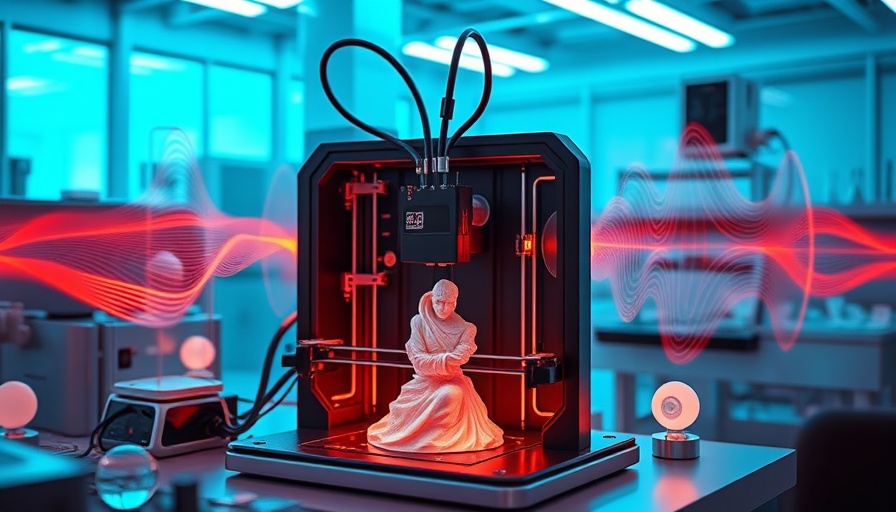
Revolutionizing Medicine with In Vivo 3D Printing
Imagine a world where surgeons can print living tissues right inside the body, delivering cells at the precise moment and location they are needed. A groundbreaking advancement from Caltech brings us one step closer to this vision, using sound waves to achieve a type of 3D printing that happens within living organisms.
How Sound Waves Enable Healing
The innovative technique allows scientists to use ultrasound to direct the printing of polymers deep within animal tissues. This approach stands out from previous methods that relied on infrared light, which only reaches the skin's surface, limiting its application. Professor Wei Gao and his team have demonstrated how this new method maintains excellent biocompatibility, crucial for any medical application.
The Science Behind the Sound
At the core of this technology is the intelligent use of low-temperature-sensitive liposomes. These tiny vesicles are loaded with a crosslinking agent and are crucial for the controlled release of bioinks that can form polymers used for various medical applications. By raising the temperature of a targeted area just slightly—around 5 degrees Celsius—scientists can induce printing when it is most needed, such as during surgery to seal wounds or deliver therapeutic drugs directly into tissues.
Beyond Traditional Methods
With applications ranging from drug delivery systems to the creation of bioelectric hydrogels that can monitor vital signs, this in vivo printing technology illustrates new possibilities in healthcare. The study led by Elham Davoodi emphasizes not only the versatility of this method but also its potential to drastically improve patient outcomes, heralding a new era of personalized medicine.
The Future of In Vivo Treatments
This advanced approach is set to transform how medical treatments are conducted. By enabling precise, on-demand delivery of biological materials, we could witness CT scans replaced by internal printed solutions that better monitor and repair damaged tissues. As these innovations progress, they promise to be a game-changer for surgeries and ongoing medical treatments.
As we advance in this new frontier of medicine, it’s important for medical professionals, researchers, and patients alike to stay informed and engaged in these developments. Understanding how sound can be a tool for healing could reshape the landscape of healthcare as we know it.
 Add Row
Add Row  Add
Add 




 Add Row
Add Row  Add
Add 


Write A Comment